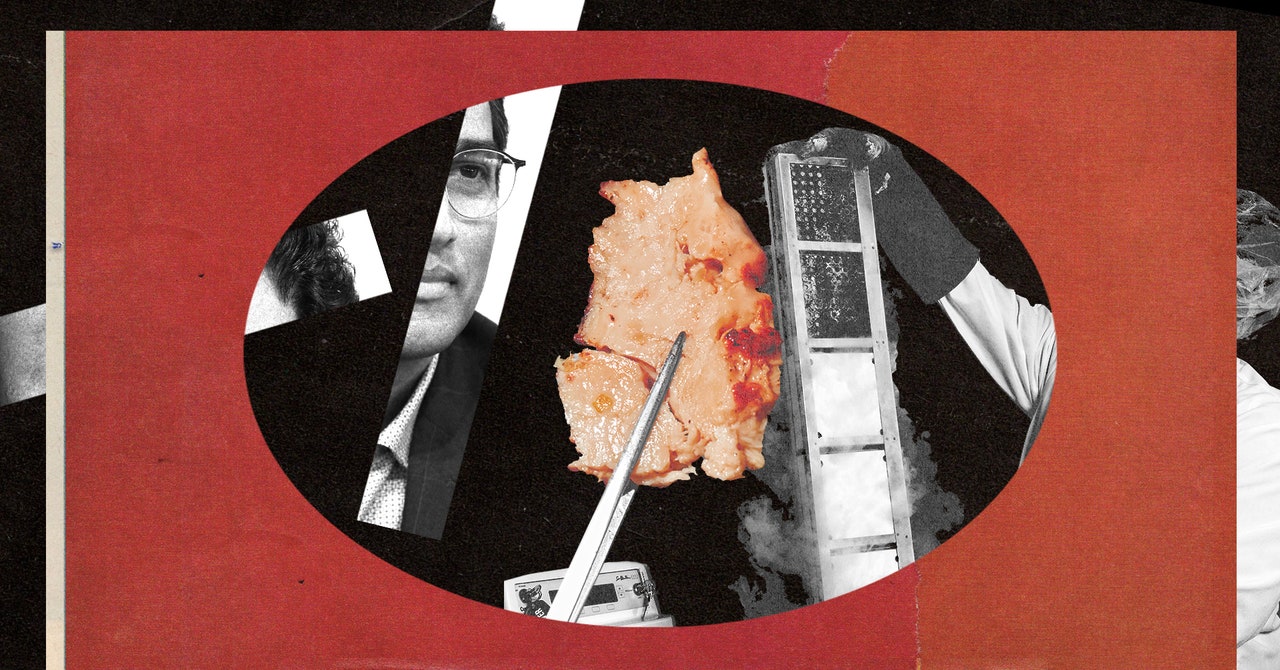- cross-posted to:
- hackernews@derp.foo
- cross-posted to:
- hackernews@derp.foo
Billion-dollar cultivated-meat startup Upside Foods wants you to think the breakthrough chicken fillets it sells are made in a futuristic factory. A WIRED investigation tells a different story. On July 1, five diners sat down at the counter of the Michelin-starred Bar Crenn in San Francisco for an unusual meal. They had won a competition to become the first customers in the US to eat cultivated meat—real animal cells grown in bioreactors instead of a living animal. For a nominal price of $1, they tucked into two pieces of a cultivated chicken fillet made by the Californian startup Upside Foods, one of only two companies cleared to sell cultivated meat in the US. “I thought it was delicious,” says Oscar Merino, one of the diners. “The taste and the texture was incredible.”
Before their meal at Bar Crenn, Merino and the rest of the group toured Upside’s production facility across the Bay in Emeryville. They looked at neat rows of gleaming steel bioreactors, each one surrounded by a web of pipework. This factory—which WIRED visited in May 2022—is where Upside says it brews its cultivated chicken. The facility, Upside says, demonstrates to the world exactly how this novel meat is made. “We’re starting to show, from day one, what this whole industry is about,” Upside Foods cofounder and CEO Uma Valeti said in May 2022. “This is the opposite of very closely guarded food innovations.”
But former and current employees say the Emeryville plant tells a misleading story of how Upside’s chicken is made. In fact, sources say, the company’s flagship product—the juicy whole cuts of chicken served at Bar Crenn—are brewed, almost by hand, in tiny bottles. The huge bioreactors, those sources claim, simply aren’t capable of reliably brewing the sheets of tissue needed to form whole cuts of meat such as chicken fillets.



That’s sad 🥲
You’d think people learned from Theranos or Madoff …
Maybe they did, just not the right lesson.